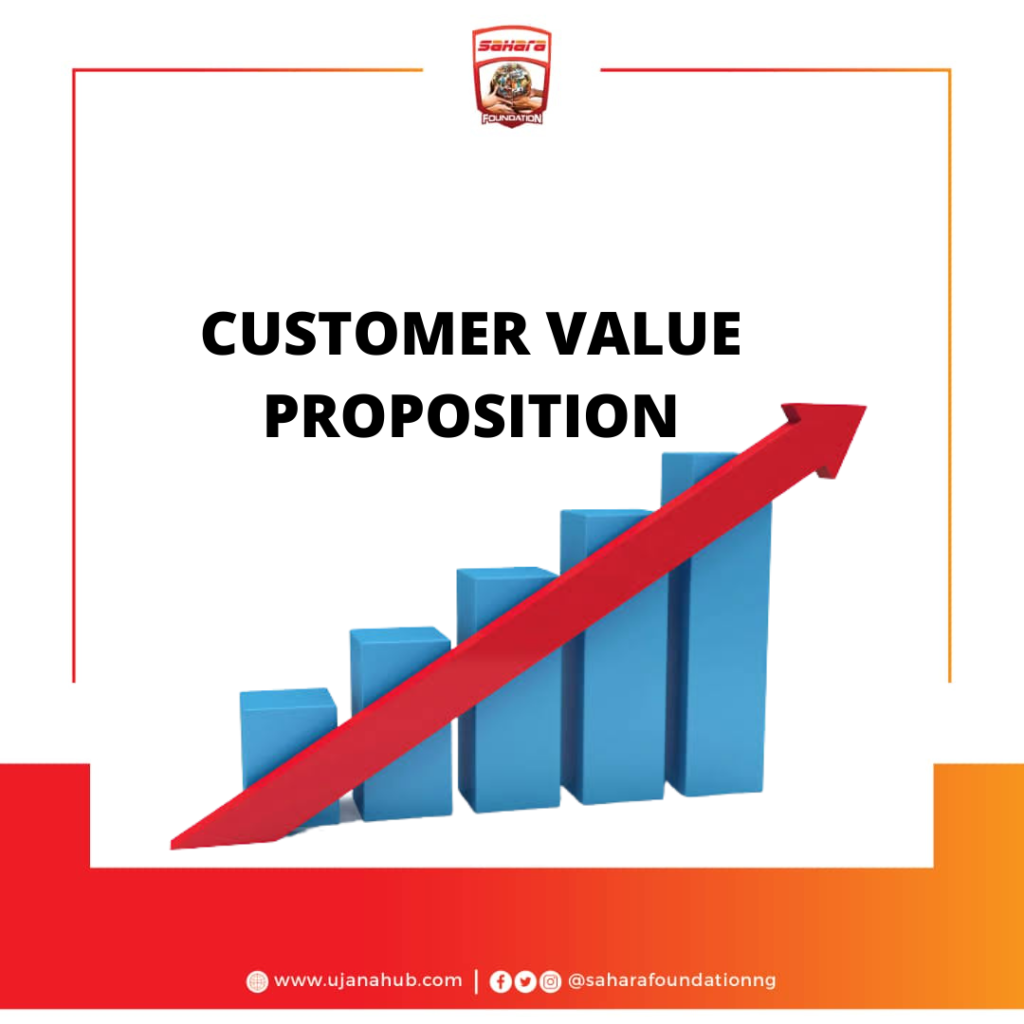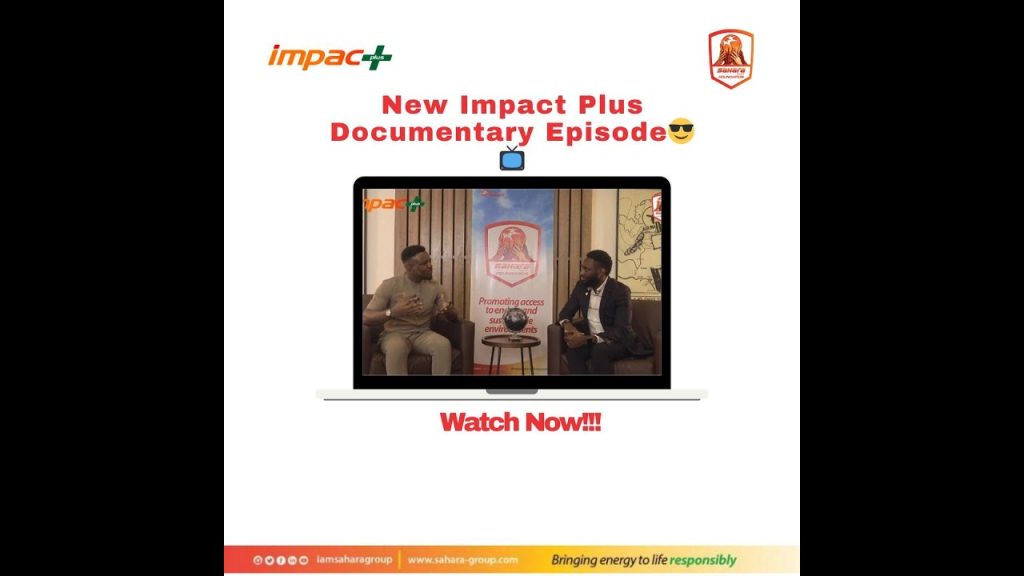The aim of every business is survival and growth, and this growth cannot be achieved without patronage from customers. For this patronage to occur, the customer perceives value, and worth in the products or services offered by the business. While this perception of value can be created from the customer, it is the duty of the business to induce it, through a proposition.
CUSTOMER VALUE AND CUSTOMER VALUE PROPOSITION
Customer Value
From a marketing theory perspective, customer value refers to customers’ perceptions of what they receive, in return for what they sacrifice (Zeithaml, 1988).
There are two aspects to customer value: desired value and perceived value (Woodruff, 1997). Desired value refers to what a customer desires in a product or service. Perceived value is the benefit a customer believes he or she received from a product after it was purchased.
Customer Value Proposition
Customer value proposition (CVP) on the other hand is the main theory behind the existence and the survival of a business or a company. It is a business’s way of generating value in their product or service when targeting potential customers.
A customer value proposition is a promise of potential value that a business delivers to its customers and is the motivating reason for customer’s engagement. It highlights the relevance of a product by explaining how it solves a problem or improves the customer’s situation, the specific value in relation with the customer’s needs and the difference to competitors.
MISUNDERSTANDINGS IN CVP
Often times, some brands and business, misinterpret the stance of a Customer Value Proposition. Please note that a CVP is not:
a. An incentive An incentive ‘positive motivational influence’ designed to incentivize a customer to make a desired action.. Incentives are not value propositions, but often brands confuse them.
b. A catchphrase. A slogan “a catchphrase or small group of words that are combined in a special way to identify a product or company.” Because your slogan speaks or guarantees value doesn’t make it a CVP
c. It’s not a positioning statement. A positioning statement is based on comparison. It is an expression of how brands, or business’s products or services satisfies a particular consumer need in a way that its competitors don’t. A positioning statement is a classified as a subset of CVP and not necessarily a CVP.
TYPES OF CUSTOMER VALUE PROPOSITION
Value proposition means that extra values and benefits should be added to developed products. It enables companies to differentiate between brands helping the customers to choose the most valuable brand of product which will provide them with most benefits and advantages.
The following are approaches of CVP:
1. All Benefits– This is the most common approach to CVP. Managers simply list all the benefits they believe that their offer might deliver to target customers. The more they can think of the better.
Cons: This approach focuses more on the products or services, than on knowing and understanding the customers and competitors and, thus, results in a weaker marketplace effort.
2. Favorable Points of Difference– This type of value proposition explicitly relies on the existence of the customer’s alternatives and focuses on how to differentiate one product or service from another.
Cons: Knowing that an element of an offer is a point of difference in relation to the next best alternative does not, however, convey the value of this difference to target customers. A product or service having several points of difference, can complicate the customer’s understanding of which ones provide the greatest value, thus, a business may stress points of difference that deliver relatively little value to the target customer.
3. Resonating Focus- This CVP focuses on the most important needs and priorities of the customer. It delivers simple yet powerfully captivating CVP that are founded on the few attributes that are most important to target customers, thus, communicating it in a way that conveys a sophisticated understanding of the customer’s business priorities.
The resonating value proposition is regarded the gold standard.
| Customer Value Proposition | All Benefits | Favorable Points of Difference | Resonating Focus |
| Consists of: | All benefits customers receive from a market offering | All favorable points of difference a product/service has relative to the next best alternative | The key points of difference(and, perhaps, a point of parity) whose improvement will deliver the greatest value to the customer for the foreseeable future |
| Answers the customer question: | “Why should we purchase your product/service?” | “Why should we purchase from you instead of your competitor’s?” | “What is most worthwhile for our firm to keep in mind about your product/service |
| Requires: | Knowledge of own market offering | Knowledge of own market offering and next best alternative | Knowledge of how own market offering delivers superior value to customers, compared with next best alternative |
| Has the potential pitfall | Benefit assertion | Value Presumption | Requires customer value research (which is a basic necessity for every business) |
Summary on types of Customer Value Proposition
RESONATING FOCUS AS THE GOLD STANDARD
For a business to have customer value proposition, a set of key components needs non-negotiable focus, discussion and implementation in order to gain and achieve success. The key components include: “developing a customer value proposition that starts with an analysis of customers’ needs, competitors’ offerings, and the firm’s strength to be outstanding within the share market.”
Any business must give primary importance to their target market by gathering relevant information on their consumers’ requirements and create possible solutions or substitutes to resolve their problems. Knowing and researching on the potential customer enterprises and requirements of the target market can be done through multiple theoretical and practical methods.
For example: the use of surveys is an excellent way to identify and gain an understanding of consumers the point of view.
Knowing the benefits and value that the product will provide to the target audience is extremely vital, as they are used in order to improve human hardship and compromising the attributes that best suits the needs of the targeted consumers. Therefore, firms have to think of methods by which they can promote the benefits of the product in such a way that their targeted consumers will be willing to show interest into investing in the product.
In the business industry, competition is a major factor as every business competes to be in the top of the share market. Businesses must therefore, be well informed on their opponents and identify the advantages and disadvantages produced by their brand to impress their targeted consumers, as the objective is to provide an innovative and improved product from existing brands.
BENEFITS OF AN EFFECTIVE CUSTOMER VALUE PROPOSITION
1. Creates a strong differential between you and your competitors (Competitive Advantage):Almost regardless of what you do, you have competitors. An effective value proposition tells the ideal customer why they should buy from you and not from the competition. In other words, it provides your company with a unique differentiation and gives you an edge over your competitors.
2. Potential customers can quickly understand what your company has to offer: Most customers already know what they’re looking for when they research online. So, if your company doesn’t seem to meet their needs, at the first glance they’ll likely look elsewhere.
3. Attracts the right prospects and increases both the quantity and quality of prospective leads: A company’s value proposition targets your company’s ideal customer and explains why your solution is the best option. This increases your chances of attracting the right prospects for your business and finding higher quality leads that are more likely to convert to customers.
4. Improves customer understanding and engagement: A powerful value proposition helps your customers truly understand the value of your company’s products and services. It also helps your ideal customers to see how your services benefit them and are their best available option. With this increased understanding, customers are more likely to become engaged with the services or products you offer.
5. Provides clarity of messaging: A strong value proposition makes it immediately clear to your customers what you offer. Additionally, it also makes sure to communicate your message clearly on all the main entry pages. These include your home page, product pages, and category pages.
Finally, it is important that the business ensures that they satisfy the needs of their consumers at all times according to the customer value proposition, as firms can face lack of profit and sales if the consumers are not satisfied with the brand of product at any point of time.
For more simplistic yet empowering understanding on CVP, you can check out popular books like the ‘Lean Startup’.







